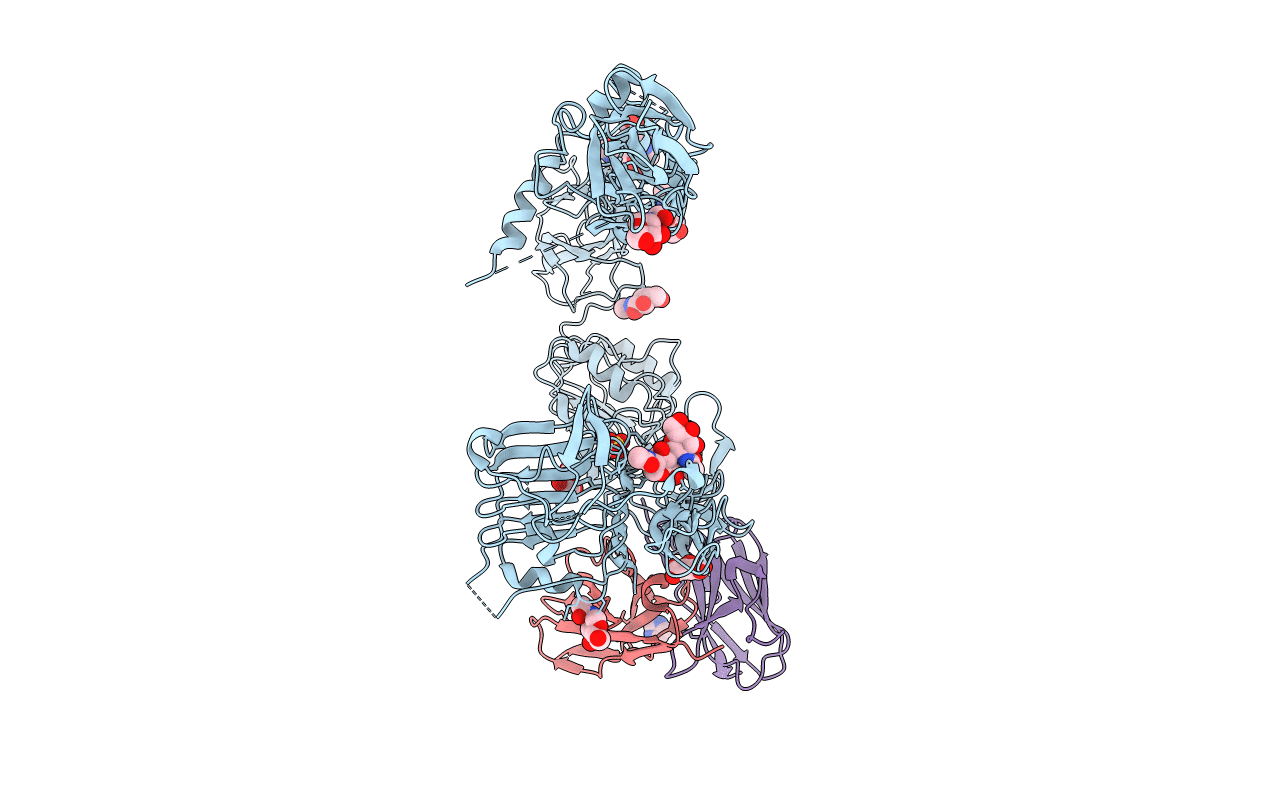
Deposition Date
2016-12-14
Release Date
2018-02-28
Last Version Date
2024-10-30
Entry Detail
PDB ID:
5U8R
Keywords:
Title:
Structure of the ectodomain of the human Type 1 insulin-like growth factor receptor
Biological Source:
Source Organism:
Homo sapiens (Taxon ID: 9606)
Mus musculus (Taxon ID: 10090)
Mus musculus (Taxon ID: 10090)
Host Organism:
Method Details:
Experimental Method:
Resolution:
3.00 Å
R-Value Free:
0.28
R-Value Work:
0.25
R-Value Observed:
0.25
Space Group:
P 21 21 2


